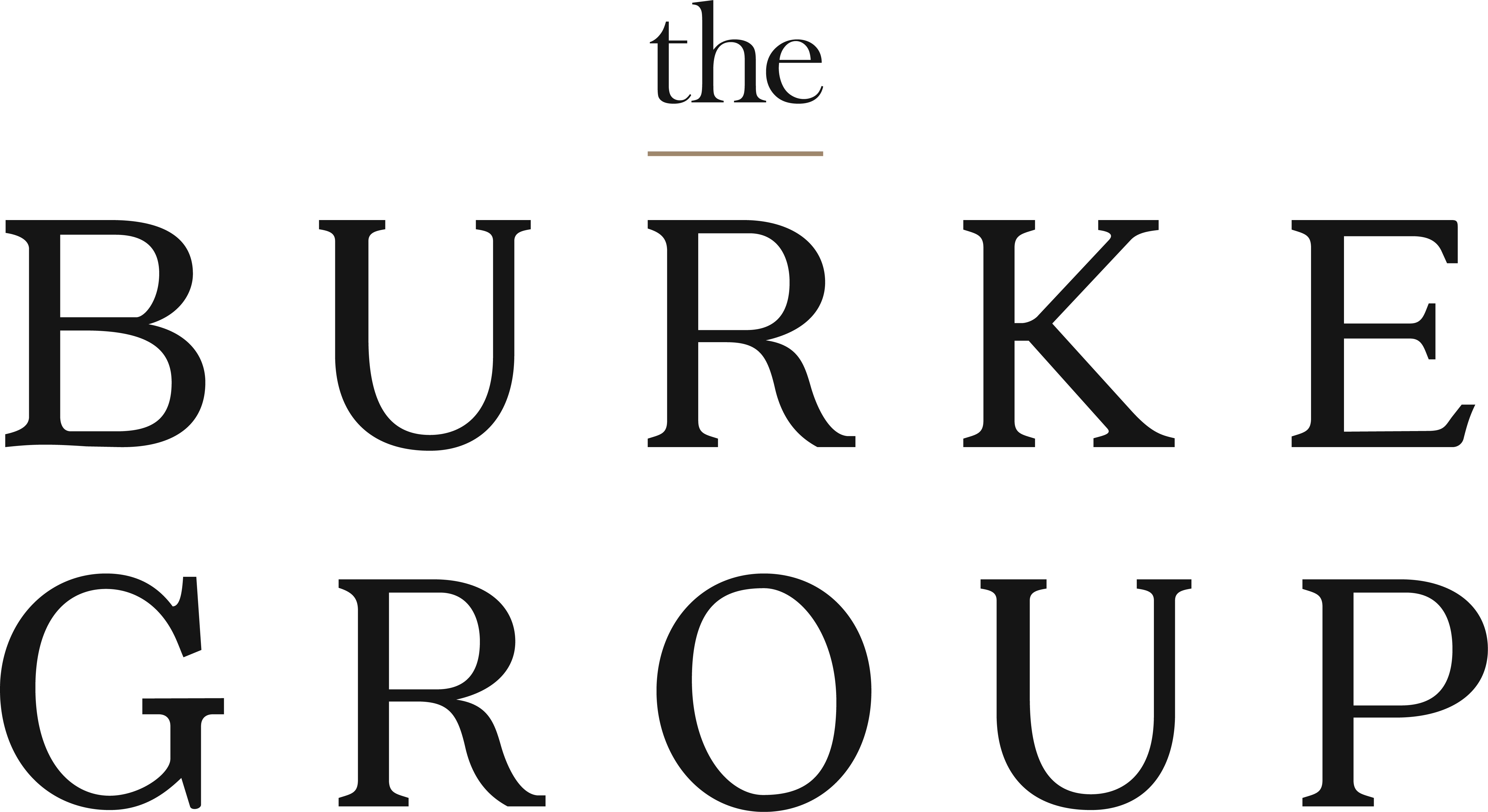Diversity, Equity & Inclusion

Diversity, equity, and inclusion (DEI) in the workplace refers to creating a work environment that values and respects differences, provides equal opportunities for all employees, and fosters a culture of belonging for everyone. DEI is crucial for creating a positive workplace culture and for attracting and retaining top talent.
Having a diverse workplace means having a range of employees from different backgrounds, perspectives, and experiences. This diversity leads to increased creativity, innovation, and problem-solving, as well as improved representation and customer engagement.
However, diversity alone is not enough. It must be coupled with equity, which means providing equal opportunities and treatment for all employees. This includes ensuring that everyone has equal access to resources, opportunities, and benefits, regardless of their background.
Inclusion is the active effort to create a culture where all employees feel valued, respected and supported. This involves regular communication, feedback, and collaboration, as well as creating a safe and inclusive work environment.
To create a DEI-focused workplace, companies should establish policies and practices that promote diversity, equity, and inclusion, as well as provide training and education for all employees. This can include diversity and unconscious bias training, as well as initiatives that support underrepresented groups.
Diversity, equity, and inclusion in the workplace are essential for creating a positive and productive work environment. Companies that prioritize DEI will not only attract and retain top talent but will also benefit from increased creativity, innovation, and problem-solving.
Employers can implement a variety of initiatives to bring awareness to diversity, equity, and inclusion in the workplace and engage both leaders and employees:
- Employee Resource Groups: Employee resource groups (ERGs) can help create a supportive network for underrepresented groups and bring awareness to diversity and inclusion issues.
- Diversity and Inclusion Training: Regular diversity and inclusion training can help employees understand and address unconscious biases, microaggressions, and other DEI-related issues.
- Employee Engagement Surveys: Surveys can help employers gauge employee perceptions of the work environment, including their level of comfort and sense of belonging, and identify areas for improvement.
- Employee Mentorship Programs: Mentorship programs can help employees from underrepresented groups to develop and grow in their careers and feel more connected to the company.
- Diversity and Inclusion Metrics: Companies can track and measure DEI-related metrics, such as the diversity of their workforce, employee engagement, and representation in leadership roles, to assess their progress and identify areas for improvement.
- Employee-Led DEI Initiatives: Allowing employees to lead and participate in DEI initiatives can help create a more inclusive work culture and increase employee engagement.
- Community Outreach: Companies can engage in community outreach programs and partnerships with organizations that support underrepresented groups to bring awareness to DEI issues and build relationships with diverse communities.
- Executive Sponsorship: Executive sponsorship of DEI initiatives can help create a culture of commitment to DEI and demonstrate leadership’s commitment to the cause.
Implementing these initiatives can help raise awareness of DEI issues and engage both leaders and employees in creating a more diverse, equitable, and inclusive workplace.
Here are some of the top business books on diversity, equity, and inclusion in the workplace:
- Blindspot: Hidden Biases of Good People by Mahzarin R. Banaji and Anthony G. Greenwald. This book explores unconscious biases and how they impact our perceptions and behavior.
- Diversity, Inc.: The Failed Promise of a Billion-Dollar Business by Pamela Newkirk. This book examines the state of diversity in corporate America and the challenges faced in creating truly inclusive environments.
- The Inclusion Dividend: Why Investing in Diversity & Inclusion Pays Off by Mark Morse and Michael D. Watkins. This book provides a business case for investing in diversity and inclusion and offers practical steps for creating more inclusive work environments.
- Diversity and Inclusion in the Workplace: A Practical Guide by Tamara L. Raggs. This guide provides a comprehensive overview of DEI in the workplace, including strategies for building a more inclusive work culture.
- The Diversity Bonus: How Great Teams Pay Off in the Knowledge Economy by Scott Page. This book explores the benefits of diversity and the impact it has on innovation and problem-solving in organizations.
- Race for Talent: Unlocking the Power of Diversity & Inclusion by Candace Duncan. This book provides a comprehensive overview of the business case for diversity and inclusion and offers strategies for building a more inclusive workplace culture.
- The Culture Code: The Secrets of Highly Successful Groups by Daniel Coyle. This book explores the importance of creating a positive, inclusive workplace culture and provides strategies for building strong, high-performing teams.
These books provide a valuable resource for understanding the benefits of DEI and the steps organizations can take to create more diverse, equitable, and inclusive work environments.
